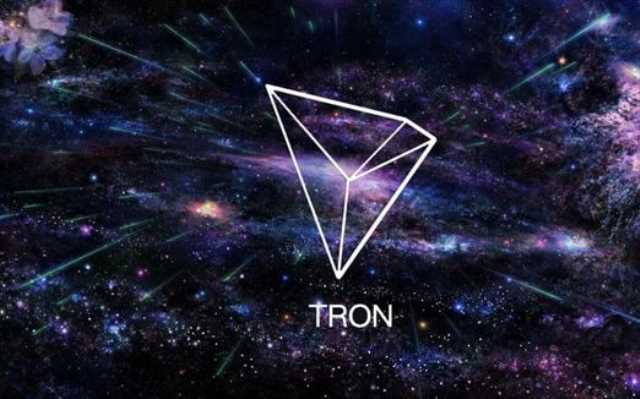
Excluding exceptional circumstances (such as a 51% attack), it is more profitable for a miner to act honestly, rather than attempt to disrupt the network or post fraudulent https://www.tokenexus.com/ results. If the answer is correct, the person who succeeded first receives a reward. This reward is what incentivizes everyone to validate the transactions.
When will I have access to the lectures and assignments?
It can also authenticate senders and recipients and guard against repudiation. It is the process of conversion of normal text (plaintext) to a random sequence of bits (ciphertext). (2019) The New York Stock Exchange (NYSE) announces the creation of Bakkt, a digital wallet company that includes crypto trading. Governments and regulators are still working to make sense of blockchain — more specifically, how certain laws should be updated to properly address decentralization.

The core cryptographic concepts behind blockchains
Discover how enterprise blockchain is revolutionizing supply chains, enhancing transparency, and transforming healthcare data management. Mastering the basics of blockchain cryptography can be your stepping stone into the dynamic world of crypto. Decrypting the complex world of blockchain can seem like learning a whole new language.

Hash Cryptography Function in the Blockchain
- When a public key for a new user is created, it is run through a hash function to generate the corresponding wallet address on the network.
- Hash Function helps in linking the block as well as maintaining the integrity of data inside the block and any alteration in the block data leads to a break of the blockchain.
- The encryption process converts into ciphertext — it’s turned into a code, in other words — by a program or algorithm called a cipher.
- Numerous pilot programs and experiments aim to adapt the technology for use in supply-chain management, financial transactions, smart contracts, decentralized storage and more.
- In the bitcoin protocol, every time a transaction is made, the details are sent through a relay of nodes until every node on the network receives the data.
- If everyone has a copy of the previous transaction records, they know whether certain coins have already been spent.
A consortium blockchain is a type of blockchain that combines elements of both public and private blockchains. In a consortium blockchain, a group of organizations come together to create and operate the blockchain, rather than a single entity. The consortium members jointly manage the blockchain network and are responsible Blockchain Cryptography for validating transactions. Consortium blockchains are permissioned, meaning that only certain individuals or organizations are allowed to participate in the network. This allows for greater control over who can access the blockchain and helps to ensure that sensitive information is kept confidential.
Benefits of Blockchain
This tech acts as a single-layer, source-of-truth that’s designed to track every transaction ever made by its users. This immutability protects against fraud in banking, leading to faster settlement times, and provides a built-in monitor for money laundering. Banks also benefit from faster cross-border transactions at reduced costs and high-security data encryption. Blockchains are built based on a range of different cryptographic concepts. From safeguarding wallets and securing transactions to protecting consensus protocols and encrypting private data for anonymous accounts, almost everything needs cryptography to ensure proper functioning. Hashing is the process of sending data through a hash function to produce a specific, essentially unique hash of a fixed length.
Asymmetric Encryption
Consensus: Backbone of Blockchain Technology
- The technical side of cryptocurrency networks — including encryption and security — can be a lot to digest.
- In addition to the standard core use of asymmetric and hashing cryptography in blockchain, there are specific areas within the blockchain ecosystem where encryption is useful.
- Some of the largest, most known public blockchains are the bitcoin blockchain and the Ethereum blockchain.
- The asymmetric encryption algorithm has the advantage of having separate public and private keys, which can be transferred over unsecured channels.
- Only people who have the matching key can decrypt and read the encrypted data.
Leave a Reply